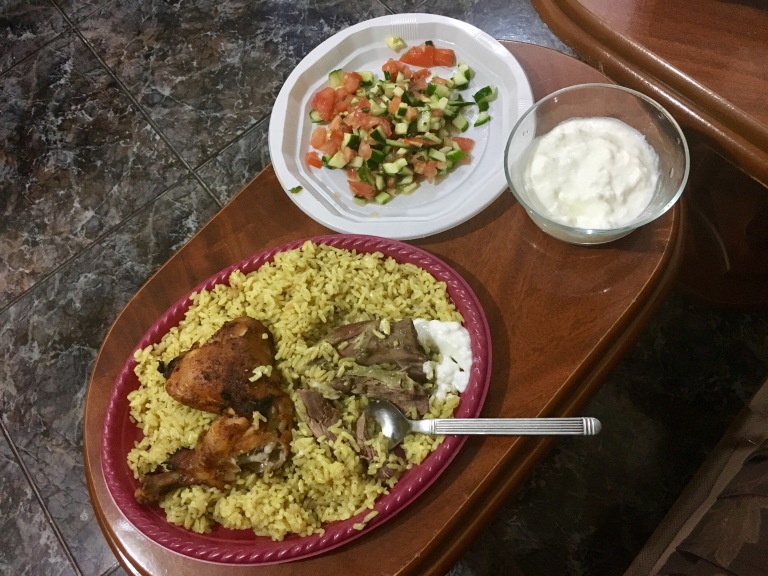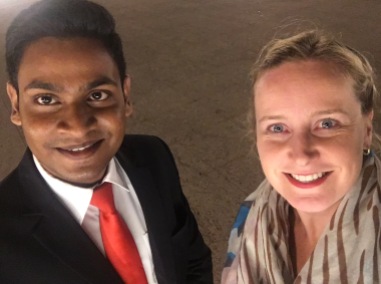Nine years ago today I was on the shores of Anzac Cove in Gallipoli, Turkey. Wrapped in my sleeping bag listening to the silence as dawn broke. I was in awe of the scene that lay before me. A sea of people young and old sat in the shadows of the darkness. An international tribe who had travelled across the seas to stand together as one to remember the brave.
Men, women, children, politicians, soldiers and men who were there, were there. We waited in anticipation in the solemn emptiness that surrounded us as the last post began to play and the sun began to raise us into the light together.

I watched the stories play out on the big screens of our ANZAC’s. Brave soldiers photos appeared, many had a date followed by “- 25/4/1915”. That fateful day our young nation’s generation was hit with a devastating blow. Not only the Aussie’s and the Kiwis but thousands of allied troops from across the globe and the Turkish military who were simply defending their home.
I remember the monument marked with Ataturks words etched in stone, now firmly on my heart as I understood that it was us whom had come to battle on their land.
“Those heroes that shed their blood and lost their lives … You are now lying in the soil of a friendly country. Therefore rest in peace. There is no difference between the Johnnies and the Mehmets to us where they lie side by side here in this country of ours … You, the mothers who sent their sons from faraway countries, wipe away your tears; your sons are now lying in our bosom and are in peace. After having lost their lives on this land they have become our sons as well.” – Mustafa Kemal Ataturk 1934

Today I stood proud in Bali, one of our closest neighbours as I watched generations of Australian, New Zealanders and others take time to honour those who stood on that tiny cove so long ago.
Today I am humbled by their legacy, thankful for the honour that continues to be laid upon them and committed to ensuring the young people in my life will know their story.

To my dad who faithfully served his country and to all the service men and women who have served, are serving and who have paid the ultimate price. I salute you and I offer these words in prayer.
Lord, We bring our thanks this day for the peace and security we enjoy, which was won for us through the courage and devotion of those who gave their lives in time of war.
We pray that their labour and sacrifice may not be in vain, but that their spirit may live on in us and in generations to come.
We pray That the liberty, truth and justice which they sought to preserve may be seen and known in all the nations upon earth.

Lord, bless them forever in Your eternal peace.
Let the sounds of strife, the cries of battle, the wounds of war be calmed for all eternity in Your loving and endless grace.
Let these great warriors find rest at last,
Ever reminded that we who are left behind. We will cherish their spirit, honor their commitment, send them our love,
and will never forget the service that they gave.
God bless you all. Lest we forget.
Yours in Faith
The Unlikely Pilgrim

































































